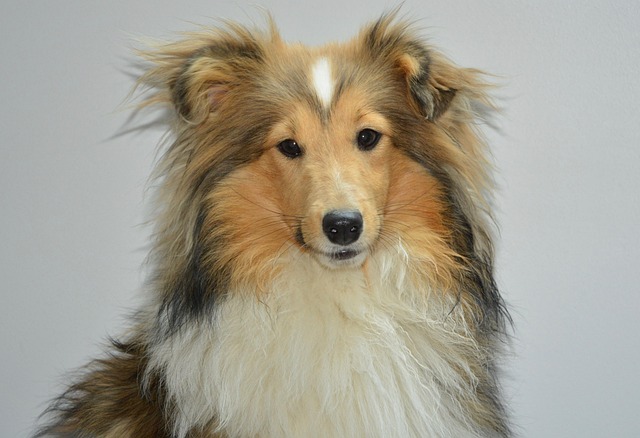
Can the aggressiveness of dogs be cured
Watching your normally gentle pup suddenly bare their teeth, growl low in their throat, and lunge at a passing dog during your evening walk can leave you shaken
Picture this: You grab your keys, and your normally chill Labrador, Max, starts trembling. But when your partner leaves? Max barely lifts his head off the couch. Sound familiar? Absolutely, dogs can develop separation anxiety specifically tied to one person. It’s often the primary caregiver – the one who feeds them, walks them most often, or provides the deepest comfort. Think of it like a supercharged attachment bond. Dogs form incredibly specific social connections based on who consistently meets their needs and offers security. Scientific studies on canine attachment behaviour show dogs can absolutely differentiate between individuals and form unique, intense bonds with each. If that primary person suddenly vanishes, the dog’s world feels shattered, triggering classic anxiety symptoms: destructive chewing near exits, frantic barking or howling, pacing, even indoor "accidents" despite being housetrained.
So, what can you realistically do? Start small and be patient. If you’re the ‘chosen one’, practice leaving for very short periods – literally just stepping outside the door for 30 seconds, then returning calmly. Positive reinforcement training is key here; never punish fear. Reward Max lavishly with treats or praise when he stays relaxed as you pick up your keys or put on your coat. Gradually extend your absence duration over weeks. Crucially, involve other household members! Have them take over high-value activities like feeding dinner or giving that special belly rub. This helps redistribute the emotional dependency, showing Max good things come from others too. Consider puzzle toys stuffed with frozen peanut butter to create positive associations with alone time. For severe cases, consult a certified force-free trainer or veterinary behaviourist – they can assess if medication alongside behaviour modification is needed, especially in high-stress environments like noisy city apartments.

Now, navigating this responsibly matters within the US pet ownership landscape. Remember, chronic anxiety is genuine distress. Consistently ignoring it could potentially edge towards neglect concerns under animal welfare laws, which vary by state but emphasise preventing unnecessary suffering. Crucially, managing separation anxiety must align with humane practices. Using punishment like shock collars or yelling is ineffective for anxiety, ethically questionable, and increasingly restricted or banned in many municipalities. Always opt for reward-based methods – it’s not just kinder, it works better long-term.
Living situations heavily influence this too. If you’re in an apartment building, be hyper-aware of noise ordinances. A dog barking incessantly for hours due to anxiety can lead to neighbour complaints and potential fines. Proactively use white noise machines, close windows, and inform understanding neighbours about your training efforts. Responsible dog ownership extends beyond your front door. Always carry poop bags – cleaning up after your pet isn't just polite; it’s legally required in virtually every US city and town. Keep Max leashed in public areas unless in a designated off-leash zone, respecting others' space. Ensure his rabies vaccination and local licensing are always current – that’s non-negotiable legally. If Max’s anxiety is profound, discuss with your vet whether he qualifies as an emotional support animal (ESA) under federal Fair Housing rules, potentially waiving no-pet fees in apartments, though this doesn’t grant public access rights like service dogs.
Understanding that a dog can fixate their anxiety on one person is the first step. Addressing it humanely through gradual training, involving the whole family, and respecting community rules ensures you help your loyal friend feel safer while being a conscientious member of the pet-owning community. It takes commitment, but a calmer, happier dog is absolutely worth it.

Watching your normally gentle pup suddenly bare their teeth, growl low in their throat, and lunge at a passing dog during your evening walk can leave you shaken
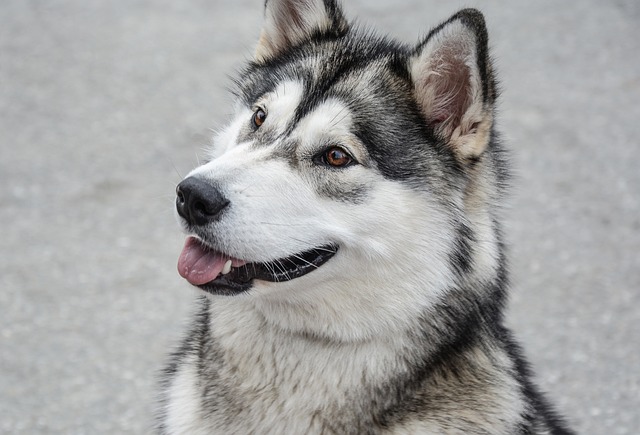
What to give my dog for better digestion? It’s a question many pet parents find themselves asking after noticing their pup turning away from meals, struggling with gas, or having irregular stools.
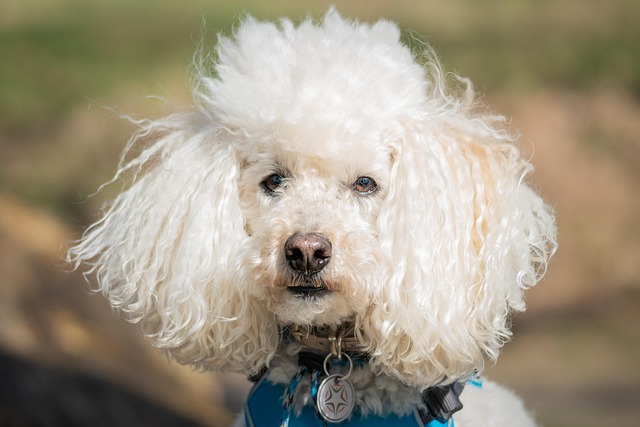
Certain dog breeds are born with jaws built for power, and their chewing habits reflect that—though it's rarely about malice, more about instinct.
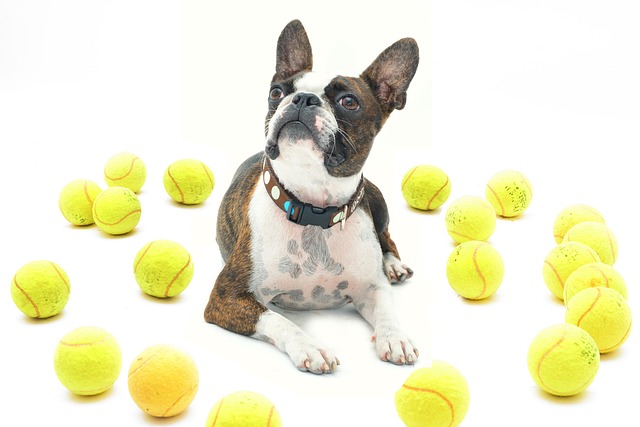
Creating a yard that sparks joy for your dog starts with safety, but it doesn’t have to stop there. Start by scanning the space for hazards—loose nails, toxic plants like lilies or oleander, and gaps under fences that might let them wander.

Picture this: You grab your keys, and your normally chill Labrador, Max, starts trembling. But when your partner leaves? Max barely lifts his head off the couch. Sound familiar?
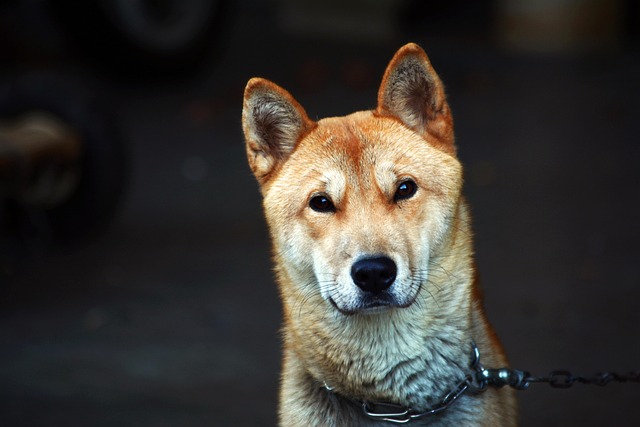
How do you check a dog's eye health?It starts with the little moments—when they nuzzle your hand,peer up at you during mealtime,or blink slowly after a nap.Those daily interactions are your best chance to spot changes that might slip by in a quick glance.